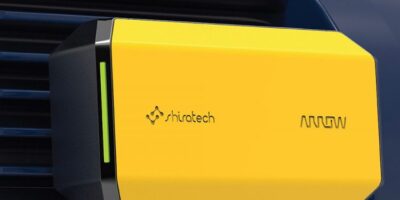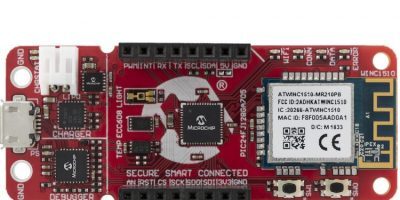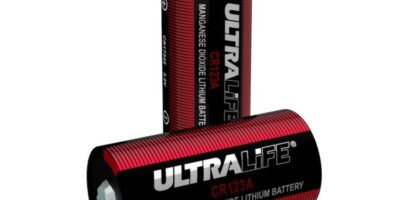Arrow Electronics has teamed up with Shiratech to create the Body Cam 1.0 and Icomox development platforms for image streaming and industrial condition monitoring, respectively. .
Body Cam 1.0 is a live-streaming open platform based on a quad-core Arm Cortex-A7 processor with built-in LTE modem based on a Quectel SC20 SoC.
It contains a fully integrated 13Mpixel camera module based on an ON Semiconductor sensor, wi-fi and Bluetooth 4.1 connectivity. GNSS satellite positioning is also included.
Context awareness comes from Analog Devices’ ADUX1020 multifunction photometric sensor with gesture and proximity detection and ADXL343BCCZ 10/13-bit accelerometer. External interfaces include a two-lane MIPI-CSI2 input for a rear-facing camera, micro USB port, analogue microphone input, and Micro SD and Micro SIM slots.
Body Cam 1.0 comes with a simple one-button camera control, plus on/off and audio-volume buttons, for rapid development of smart products for baby monitoring, security surveillance, emergency services, and independent living. It is housed in a plastic enclosure that attaches to clothing for field tests.
The Icomox (Intelligent Condition-Monitoring Box) low-power platform integrates vibration, magnetic-field, temperature and sound sensors for detecting faults in a variety of industrial equipment, assets, and structures.
The selection of integrated sensors includes Analog Devices’ ADXL356 low-power low-noise vibration sensor and ADT7410 16-bit -55 degrees C to +155 degrees C temperature sensor, as well as a magnetic-field sensor and Mems microphone.
Running on the Analog Devices ADuCM4050 application processor, and featuring Analog Devices’ LTC5800-IPM wireless transceiver, Icomox offers an open sensor-to-cloud platform that combines high-performance sensing, embedded software and analytics for early failure detection, and configurable warnings and event timestamping for each sensor.
The LTC5800-IPM is a complete 2.4 GHz, IEEE 802.15.4e SoC with embedded SmartMesh IP networking software for flexible connectivity and high network reliability in challenging RF conditions often encountered in tough industrial environments.
Icomox comes with on-board analytics software for early fault detection.
Optional Cloud applications allow access to other advanced analytics capabilities.







